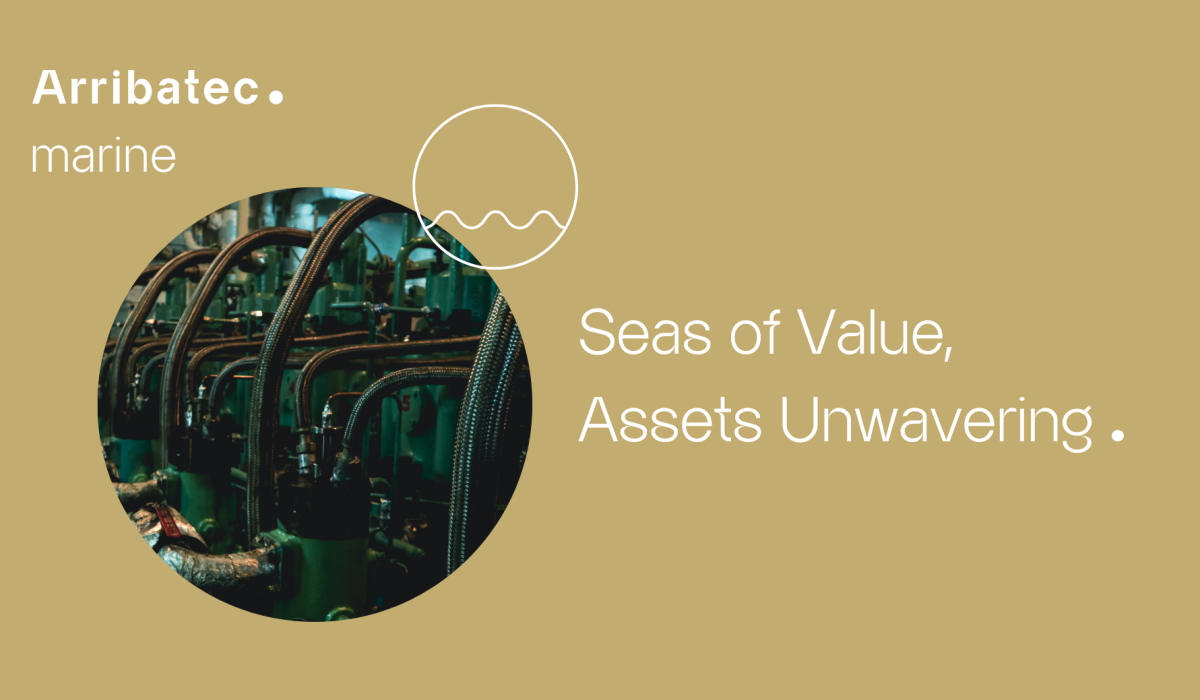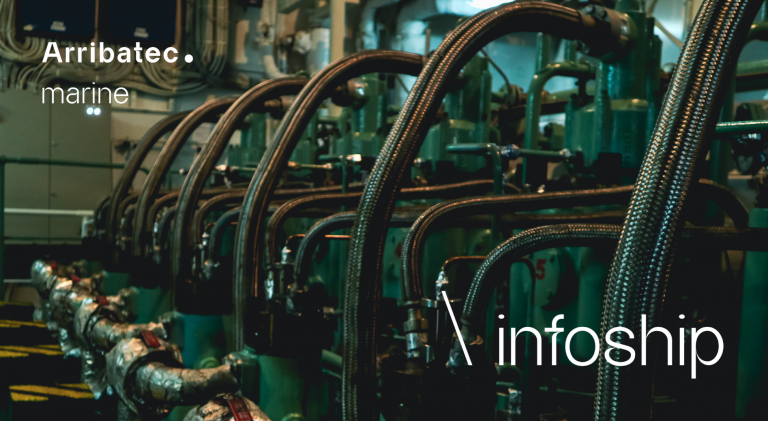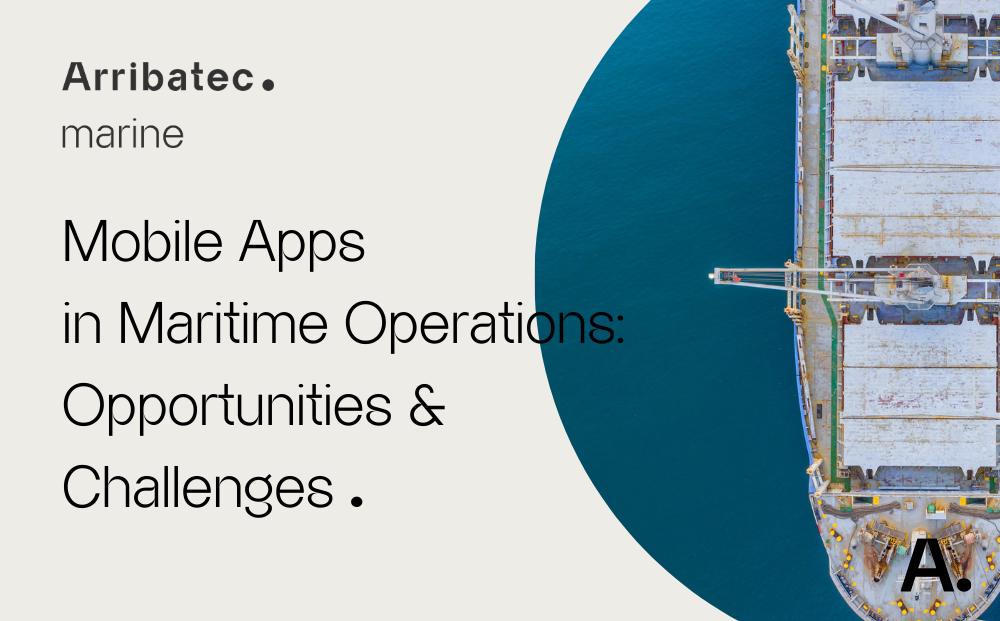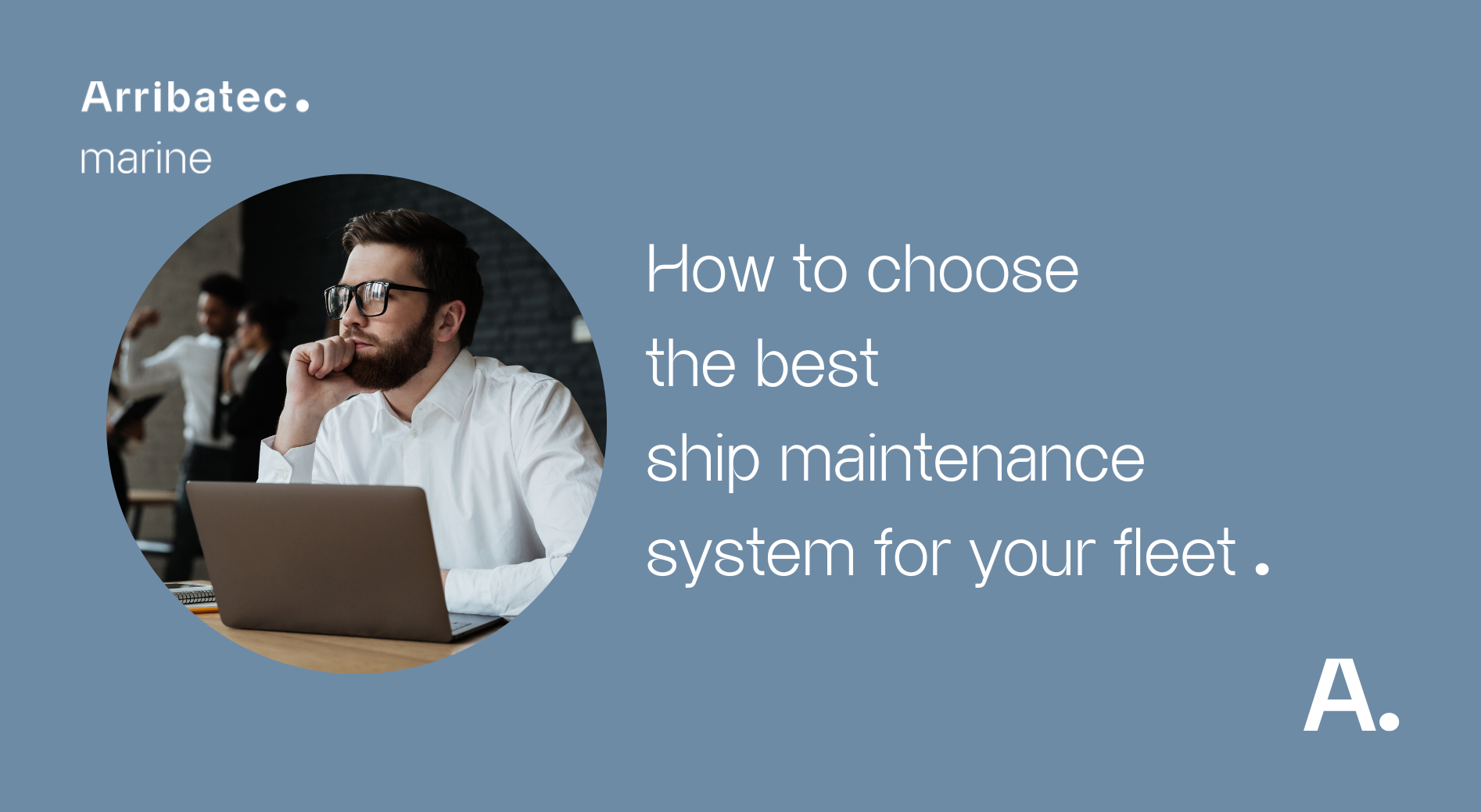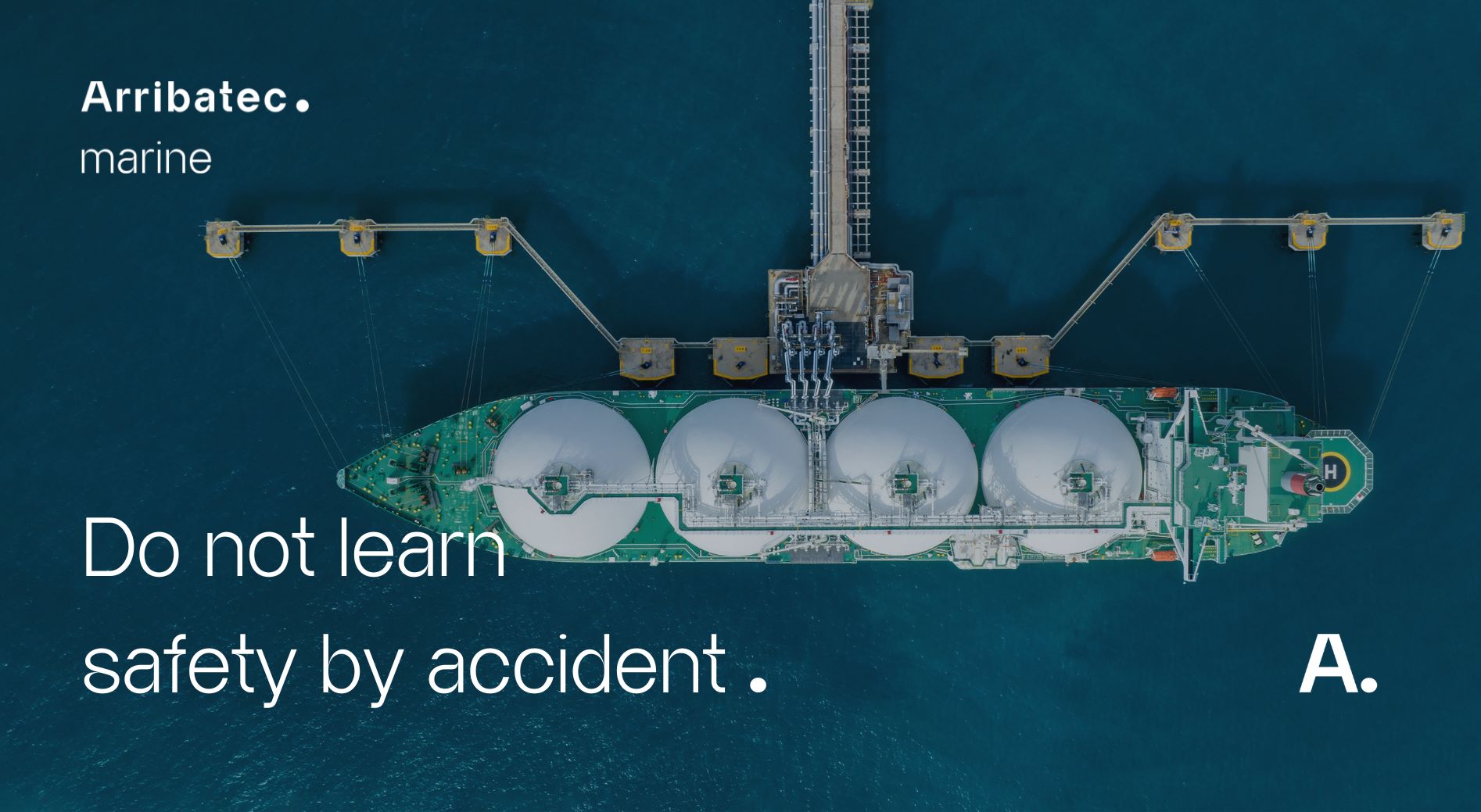Ship asset lifecycle management is paramount for shipowners and ship managers in the dynamic and ever-evolving maritime sector, ensuring efficient management of their fleet’s assets. From the moment a vessel is acquired to its eventual disposal, effective ship asset management is crucial to optimise asset efficiency, improve reliability, and implement cost-effective maintenance strategies whilst maintaining regulatory compliance.
In this blog post, we will delve into the key aspects of ship asset lifecycle management and explore strategies to streamline the process for successful maritime operations.
Cost-Effective Maintenance Strategies
Good maintenance practices play a crucial role in prolonging a ship asset life and ensuring favorable outcomes. The traditional planned maintenance approach is increasingly being replaced or integrated by data-driven strategies such as predictive maintenance, condition-based monitoring, and remote diagnostics.
The combined action of the Planned Maintenance approach and new predictive maintenance technologies ensures a comprehensive and reliable overview of the health status of onboard systems and any maintenance interventions. Especially nowadays, with a reduction in the number of crew members and engineers on ships, there is limited time to carry out maintenance jobs. That’s why a combination maintenance approach is highly recommended.
Extend Ship Asset Lifecycle - The Role of Proactive Maintenance
Proactive maintenance practices aim to identify potential issues early and address them before they escalate into more significant problems.
By adopting proactive maintenance, ship managers can ensure that vessels remain in peak condition, reducing the risk of breakdowns, unscheduled repairs, and costly downtime. It is essential to plan maintenance of the machinery in advance so that it can be overhauled and maintained properly, providing significant benefits for the Second Engineer.
Regulatory Compliance Throughout the Asset Lifecycle
The maritime sector is subject to a wide range of regulations governing safety, environmental, and crew welfare.
Navigating the complex web of maritime regulations requires constant vigilance and proactive measures. We will discuss separately how fleet managers can ensure continuous compliance throughout the asset’s lifecycle, avoiding penalties and reputational risks while demonstrating a commitment to responsible maritime operations.
An effective asset lifecycle management approach is the backbone of successful fleet technical management in the maritime sector. By focusing on asset acquisition, maintenance, and disposal, while optimising asset utilisation and ensuring regulatory compliance, shipowners and fleet managers can navigate the challenges of the maritime industry and steer their operations toward profitability and sustainability.
Applying a flexible maintenance strategy helps achieve that goal. For all of this, there’s Infoship Asset: a scalable web-based software solution designed for maritime organizations to proactively embrace modern technologies, data-driven approaches, and proactive strategies.
By leveraging these tools, fleet managers can not only improve their bottom line but also contribute to a safer and more environmentally responsible maritime ecosystem.
Suggestion for interesting reading: “What’s corrective maintenance?”

